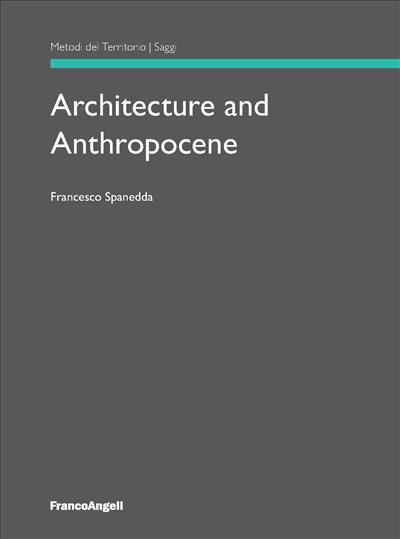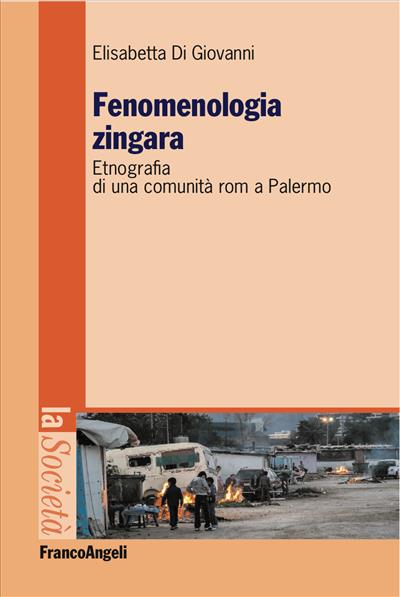
Architecture and Anthropocene
This essay explores the link between sustainability and spatial design against the backdrop of the discourse about the relationship between humans and their environment. The text examines the importance of design as a relevant tool to investigate the subject. It describes several case studies where the traces of previous settlements become cornestones of new spatial organisations. These design experiments highlight the potential of the artificial layer revealed by the Anthropocene theory, as cultural and environmental legacy.
Edizione a stampa
19,00
Edizione a stampa
19,00
Pagine: 144
ISBN: 9788891769787
Edizione: 1a edizione 2018
Codice editore: 1126.1.4
Disponibilità: Discreta
PDF con DRM
14,99
PDF con DRM
14,99
Pagine: 144
ISBN: 9788891776822
Edizione:1a edizione 2018
Codice editore: 1126.1.4
Possibilità di stampa: No
Possibilità di copia: No
Possibilità di annotazione: Sì
Formato: PDF con DRM per Digital Editions
EPUB con DRM
14,99
EPUB con DRM
14,99
Pagine: 144
ISBN: 9788891776839
Edizione:1a edizione 2018
Codice editore: 1126.1.4
Possibilità di stampa: No
Possibilità di copia: No
Possibilità di annotazione: Sì
Formato: ePub con DRM per Digital Editions




